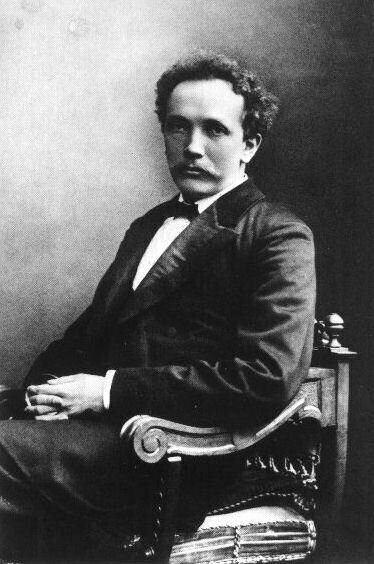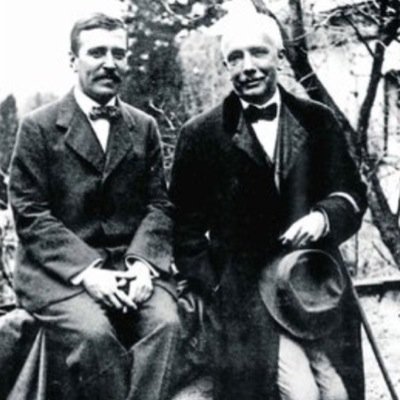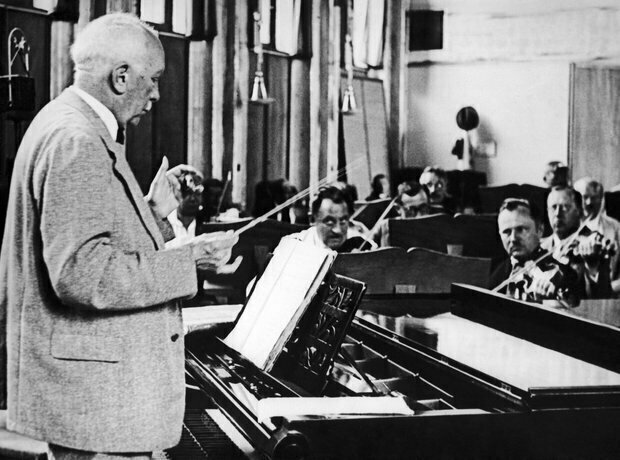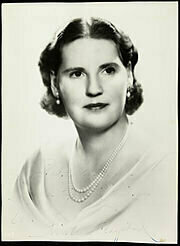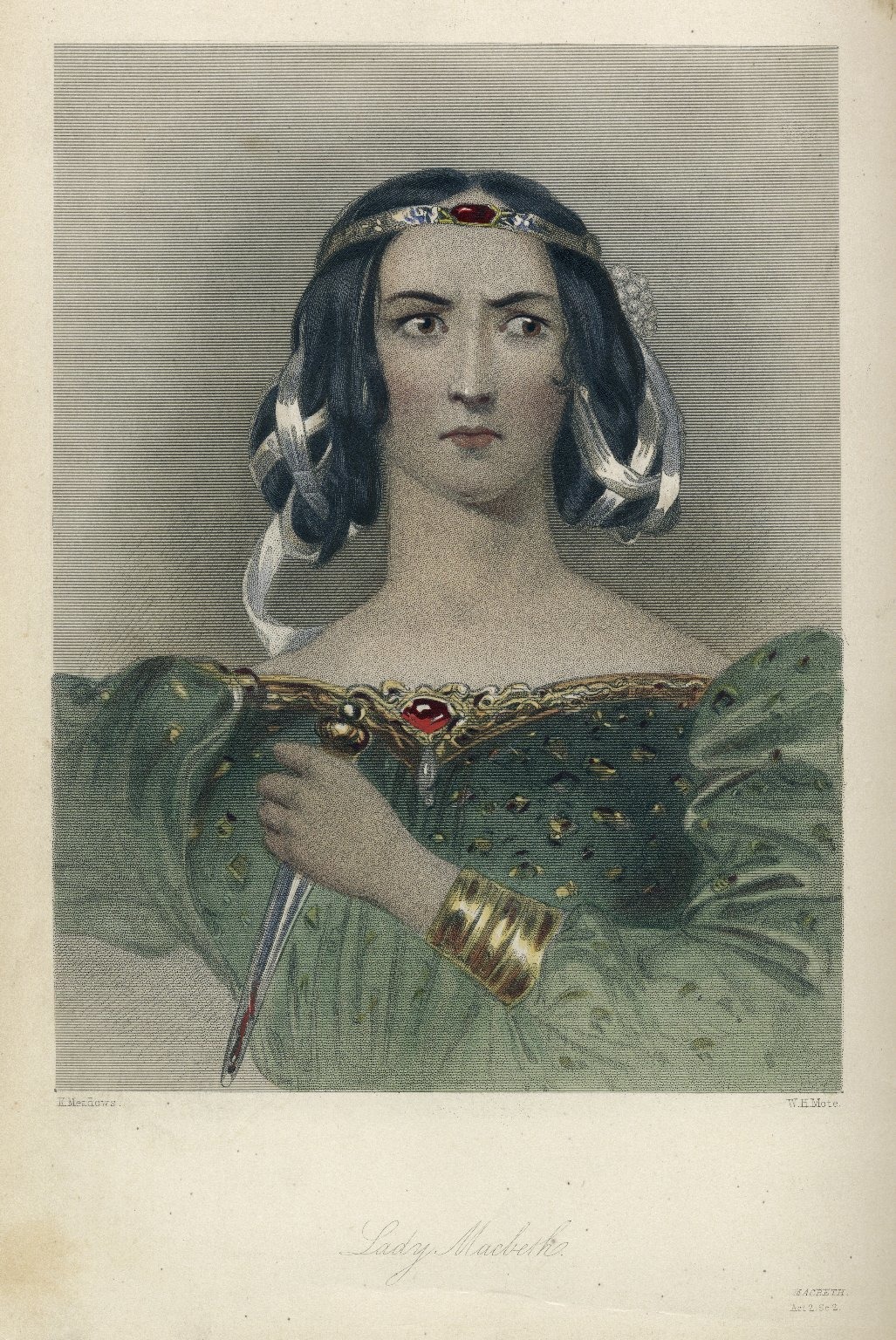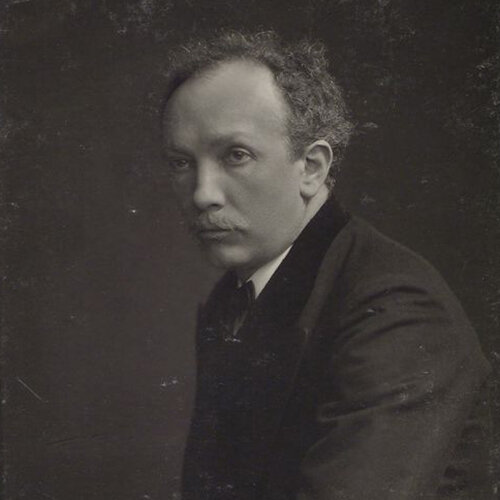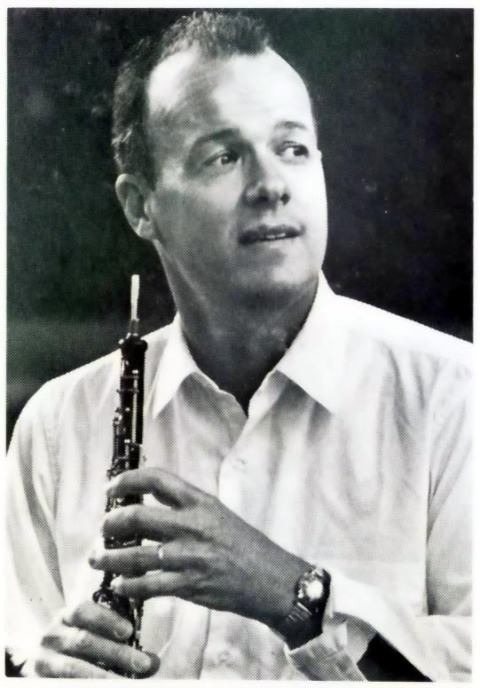Erotic, murderous and biblical themes combine in the opera Salome by Richard Strauss (1864-1949). And as you surely know, it all climaxes in Salome’s declaration of love and kiss for the severed head of John the Baptist. Based on a
R. Strauss
Written immediately after the enormous success of Der Rosenkavalier, Ariadne auf Naxos was the third collaboration between Richard Strauss and Hugo von Hofmannsthal. The hilarious plot looks closely at the tension between high and popular culture, by presenting an opera
In his day, Franz Strauss was recognized as an important artistic personality. Foremost, he was a celebrated horn virtuoso, “breathing soul into the unthankful instrument.” Even Richard Wagner, against whom the musically conservative Strauss took literally every opportunity to make
Richard Strauss’ Die Schweigsame Frau (The Silent Woman) might be the only opera in the entire oeuvre with a central character who dislikes music. Sir Morosus, a retired British naval officer is allergic to noise of any kind. He disinherits
Richard Strauss had reached the ripe old age of 84 when he decided to compose his musical last will and testament. Setting poetry by Joseph von Eichendorff and Hermann Hesse, the Four Last Songs emerged individually. When Strauss died on
“Minors of the Majors” invites you to discover compositions by the great classical composers that for one reason or another have not reached the musical mainstream. Please enjoy, and keep listening!
Henry David Thoreau once wrote, “Most people go to the grave with a song still in them.” A good number of famous composers throughout the ages have gone to their graves with a lot of songs in them! Take for
“Minors of the Majors” invites you to discover compositions by the great classical composers that for one reason or another have not reached the musical mainstream. Please enjoy, and keep listening!

